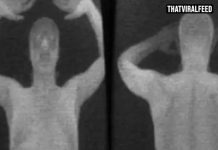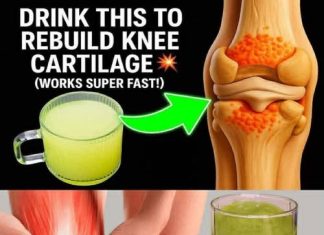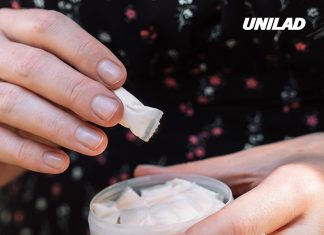The Euthanasia Coaster, a provocative conceptual design by Lithuanian artist and engineer Julijonas Urbonas, has sparked significant debate since its inception in 2010. Envisioned as a means to end life “with elegance and euphoria,” the coaster is intended to induce a painless and euphoric death through a carefully engineered sequence of physical forces. While it remains a theoretical project, the Euthanasia Coaster continues to challenge perceptions of mortality, ethics, and the intersection of art and science.
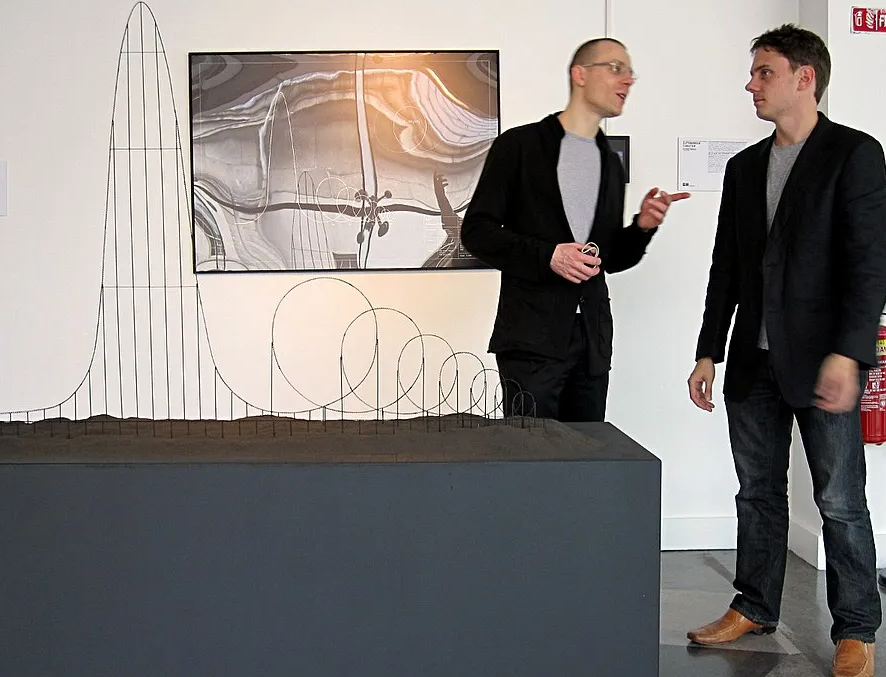
Urbonas, drawing from his experience as a theme park operator and his academic pursuits at the Royal College of Art in London, conceptualized the Euthanasia Coaster as a fusion of thrill and finality. The design features a 500-meter ascent followed by a rapid descent reaching speeds up to 360 km/h (approximately 223 mph). This descent leads into seven progressively smaller inversions, each designed to maintain a constant 10 g-force on the rider. The sustained g-force is intended to induce cerebral hypoxia, leading to loss of consciousness and, ultimately, death. The entire experience is calculated to last around three minutes and twenty seconds, providing a brief period for reflection before the final descent
The Euthanasia Coaster raises profound ethical questions. Urbonas presents it as a tool for euthanasia or capital punishment, offering a humane and euphoric alternative to traditional methods. However, critics argue that the romanticization of death through such a medium is problematic. The concept challenges societal norms surrounding death, autonomy, and the role of technology in end-of-life decisions .
Despite its controversial nature, the Euthanasia Coaster has permeated popular culture and academic discourse. It has been featured in exhibitions such as MoMA’s “Design and Violence” and has inspired various artistic interpretations. The coaster serves as a catalyst for discussions on the ethics of design, the aesthetics of death, and the potential future of assisted dying.
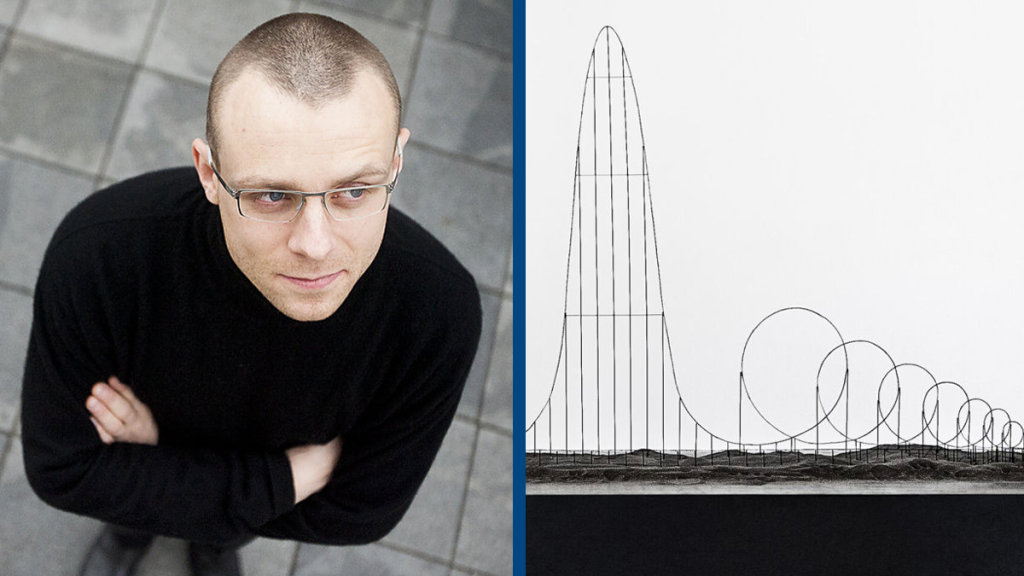
Urbonas’ work extends beyond the Euthanasia Coaster, exploring the concept of “gravitational aesthetics”—the study of how gravity influences human perception and emotion. Through his projects, he invites audiences to consider the profound effects of physical forces on the human experience, particularly in the context of mortality.
The Euthanasia Coaster remains a thought-provoking exploration of death, autonomy, and the human relationship with technology. While it is unlikely to be realized, its conceptual existence continues to challenge and inspire discussions on the ethics of design and the future of end-of-life choices.







